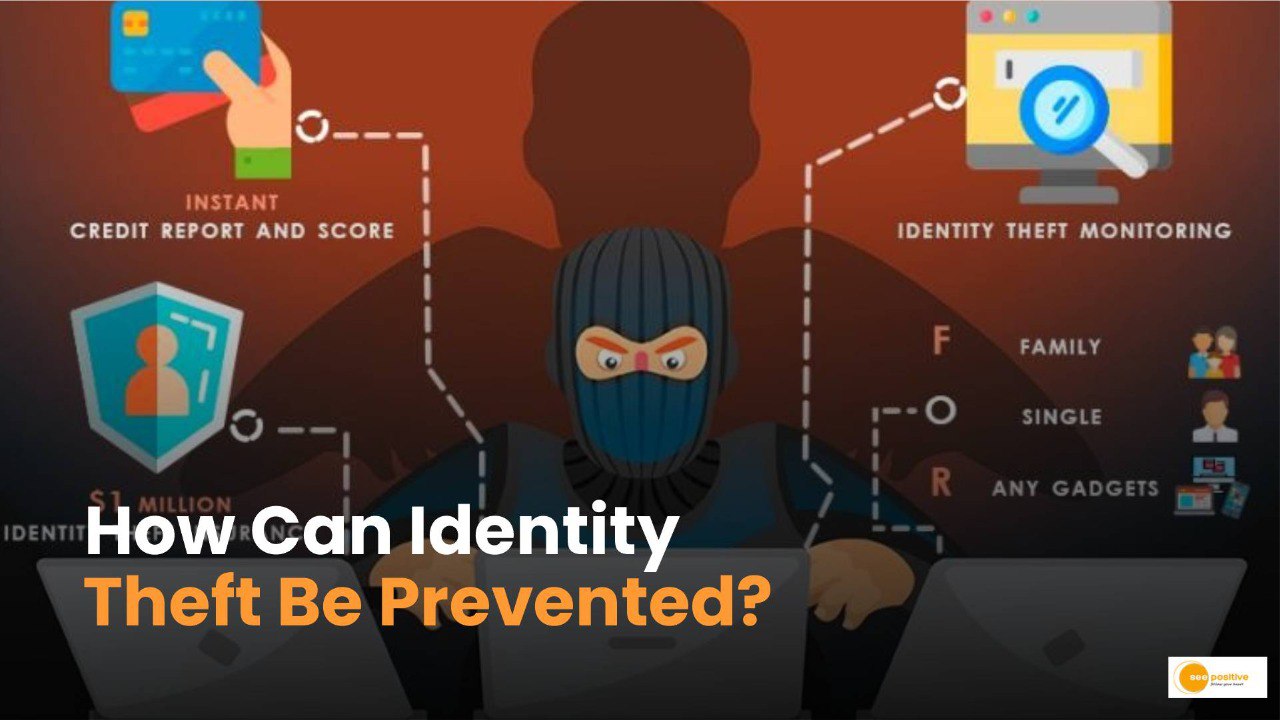Identity theft, also known as “pahchaan ki chori” in Hindi, is a serious crime that involves stealing someone else’s personal information without their consent. This stolen information can then be used for fraudulent purposes, such as financial transactions, credit card applications, or even medical insurance claims. In this article, we’ll explore what identity theft is, its impact, and practical steps you can take to safeguard yourself against it.
Understanding Identity Theft
Identity theft occurs when an individual’s personal data, including their name, address, birthdate, social security number, or credit card details, is unlawfully obtained by another person or entity.
Cybercriminals use various methods to steal identities, such as phishing emails, data breaches, social engineering, and hacking.
Impact: Victims of identity theft may face financial losses, damage to their credit score, legal troubles, and emotional distress.
How to Protect Yourself from Identity Theft
- Strong Passwords: Use unique and complex passwords for online accounts. Avoid using easily guessable information like birthdays or common words.
- Two-Factor Authentication (2FA): Enable 2FA wherever possible to add an extra layer of security to your accounts.
- Regularly Monitor Accounts: Keep an eye on your bank statements, credit reports, and other financial accounts. Report any suspicious activity promptly.
- Shred Sensitive Documents: Dispose of old bills, bank statements, and credit card offers by shredding them to prevent dumpster diving.
- Be Cautious Online: Avoid clicking on suspicious links or sharing personal information on unsecured websites.
- Check Your Credit Report: Obtain a free credit report annually to verify its accuracy and identify any unauthorized accounts.
- Secure Your Devices: Use antivirus software, keep your operating system updated, and avoid public Wi-Fi for sensitive transactions.
- Protect Your Social Security Number: Never carry your SSN card in your wallet, and only share it when necessary.
- Be Skeptical of Calls and Emails: Verify the identity of callers or email senders before sharing any personal information.
- Use a Virtual Private Network (VPN): When browsing online, use a VPN to encrypt your internet connection and protect your data.
Conclusion
Identity theft is a pervasive threat in our digital age. By following these preventive measures, you can significantly reduce your risk and safeguard your personal information. Stay vigilant, stay informed, and protect your identity!
Remember, staying informed and proactive is crucial in preventing identity theft. If you suspect any unauthorized activity, report it immediately to the relevant authorities and take necessary steps to secure your identity.


